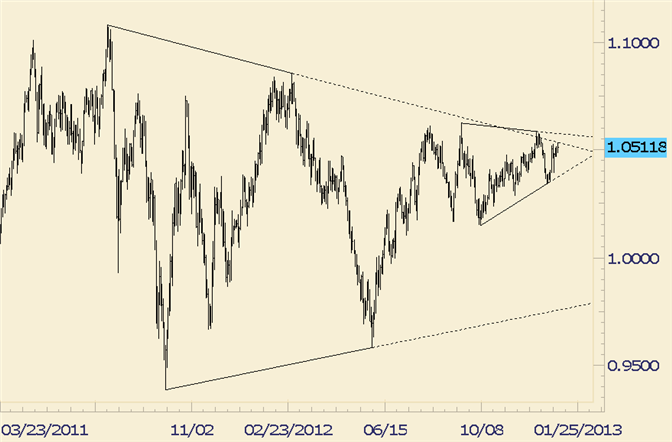Forex Technical Analysis
Post on: 30 Июнь, 2015 No Comment

Technical analysis is quite simply the study of demand and supply on a particular currency in an effort to try and determine in what direction the currency price is heading in the future. Forex technical analysis makes available to the investor or trader through charting software on UFXMarkets trading platforms a comprehensive set of technical analysis tools that will enable our customers to become successful traders.
When using technical analysis you are analyzing the historical price action patterns of a currency in order to successfully predict where the price action is heading in the future. The reasoning behind this is that all current market variables are represented by the price fluctuations on a price chart. Technical analysts try to look for trends and read the flow of the market using a price chart. As technical as it may sound, technical analysis is actually more of an art than a science.The majority of traders use candlestick charts overlaid with other indicators to identify and comprehend chart patterns that can indicate future price action.
There are many technical analysis tools available to you when you are using our trading platform and how you use them depends on your particular style of trading. There are several types of technical analysis indicators and these generally fall into the following categories.
Candlestick chart patterns:
Buy and sell signals are indicated by the sequence or shape of one or more candles in the candlestick chart.
Moving averages:
A line which traces the closing price of a currency as a line through a given period of time.It could be the closing price hourly, four hourly, daily or weekly and a buy or sell signal is generated when one moving average line (shorter time period) crosses another moving average line (longer time period).
Indicators:
Indicators are formulas centred on the price and the volume of a currency which measure money flow, trends, volatility and momentum. Indicators are mainly used as a subordinate measure to the real price movements and augment additional information to the analysis of currency price action. Indicators are used to confirm price movement in qualifying chart patterns and to generate buy and sell signals.
There are two key kinds of indicators:
leading and lagging. A leading indicator leads price movements, giving them a prognostic quality, while a lagging indicator is a endorsement tool because it trails price movement. Leading indicators are considered to be strongest during times of sideways or non-trending trading ranges, while lagging indicators are considered useful during trending periods.
Support and Resistance:
The most popular of the support and resistance indicators is the Fibonacci Retracement tool. This indicator, in addition to Gann Fans and Elliot Wave tools, all work on the premise that prices always retrace in the opposite direction of a trend at a certain percentage of the price trend before resuming the original direction of the trend. These retracements occur at support and resistance price levels.
Market Sentiment:
The expression of crowd behavior on price fluctuations is known as “market sentiment.” Market sentiment is the reason why the exchange rates in the Forex market can diverge so much from the fundamental understanding of how the economy works. As a crowd, market participants do not always make rational and objective trading decisions however, market sentiment is considered an irrational technical force.In a dynamic market, buyers and sellers constantly adjust their price expectations based on available information from the market and outside the market. Let us say a potential seller believes that future prices might be higher, so he decides to stay out of the market and wait in the hopes of getting a higher price. Given enough sellers acting in the same manner and choosing to wait it out, the dealing price will rise according to their expectations. In this situation, it is herd mentality, rather than the price, that drives the market.We now know that market sentiments can be the driving factor behind a price fluctuation.
According to the Behavioral Finance theory, price fluctuations are the result of market participants adjusting to what they believe or expect to happen until new information arrives and changes that expectation or belief.To help Forex traders gain a better understanding of market sentiment before making any trading decisions, certain tools are available. One of these tools is the Commitment of Traders (COT) report.The COT shows Forex traders long and short contracts in the futures market. Using this information, a trader can roughly gauge if the market is overbought or oversold, which in turn allows the trader to determine if the market favors buying or selling a currency.
Another increasingly popular tool among Forex traders is the Volatility Index (VIX). This index measures the implied volatility of options that are bought and sold and traders consider this a sentiment indicator because they are considered a hedge against price fluctuations.
You should remember that when trying to gauge the mood of the market, you should never solely rely on just technical tools but also look at market sentiment too.














